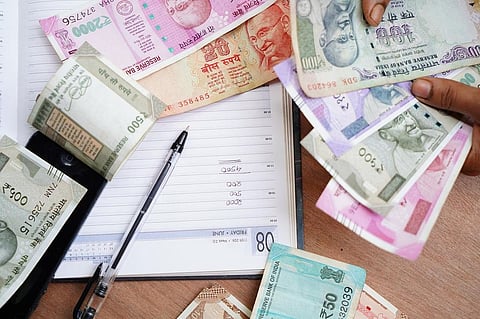The swelling numbers of those searching for work is not surprising. Not many new buildings are going up as economic growth plummets to its lowest rate in a decade — from 8% four years ago to a projected 5% in the fiscal year that ends in March.
The slowdown in the construction sector, the second biggest employment provider after agriculture, is the most visible sign of India's sputtering economy. It is a huge blow for millions of people who depend on daily wage job in cities to support themselves and their families back in villages. Rural areas depend heavily on remittances from migrant construction laborers.
Adarsh Kumar, 21, arrived in Gurugram three years ago. He said for two years he earned enough to send money to his parents, but now he can barely pay for his own room and board. "You work for 10 days and you sit idle for 20 days managing on that money."
Low-income workers are not the only ones who have been badly hit in India's struggling construction sector.
At the height of the economic boom, tens of thousands of homebuyers invested in housing projects in Noida, another fast-growing neighborhood in New Delhi's vicinity. Now, partially constructed buildings dot the skyline as a credit crunch cripples developers and stalls hundreds of projects.
It is a huge blow for middle-class families. Some have seen their savings erode while others are stuck paying mortgages for unfinished homes.
Alpana Majumdar invested nearly $50,000 in an apartment in Noida that was to be completed five years ago, and for which she is still waiting to take possession of. "We were thinking if we get that house, we can give it on rent and I can earn some money from there," she said.
With less money in their pockets, an aspirational middle class is buying fewer goods like cars and refrigerators — a hard blow to a country whose economy is largely powered by the money spent by its burgeoning middle class.
Auto showrooms are facing their slowest demand in 20 years while small shops cope with dropping sales as daily wage workers struggle to eke out a living.
The other big employment provider, factories and exporting units located in Gurugram's industrial hub, are not faring much better. Exports have declined for six months in a row.
Kumar was among those who drew a blank in his search for work in export factories. "There are no vacancies anywhere. Even companies are not hiring."
Economist N.R. Bhanumurthy at New Delhi's National Institute of Finance and Policy said the slowdown is now in a "full-blown phase."


